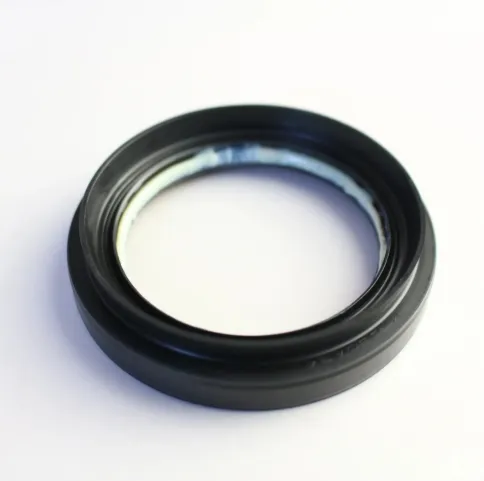The Essential Guide to Shaft Seals in Modern Machinery
Shaft seals are critical to the performance and reliability of mechanical systems involving rotating parts. Whether in marine, automotive, or industrial applications, they help prevent fluid leakage and contamination. In this guide, we’ll explore different types of shaft seals, including rotary shaft seals, dripless shaft seal systems, and the importance of selecting shaft seals by size.

Understanding Rotary Shaft Seals and Their Role
Rotary shaft seals—commonly known as rotary seals—are used to close the gap between stationary and rotating components. Their primary function is to retain lubricants and exclude dirt, dust, water, or other contaminants that could damage the system.
A rotary shaft seal typically features:
A sealing lip made of rubber or synthetic material
A metal casing to press-fit into the housing
A garter spring to maintain consistent pressure
Rotary shaft seals are found in engines, gearboxes, pumps, and motors. Their performance depends on various factors including shaft speed, temperature, and the chemical nature of the fluid being sealed.
Common materials used in rotary seals:
Nitrile rubber (NBR) for general applications
Fluoroelastomer (FKM/Viton) for high heat and chemical resistance
Silicone or PTFE for special environments
By choosing the right type of rotary shaft seal, you can increase system efficiency, minimize maintenance, and extend equipment life.
The Benefits of a Dripless Shaft Seal System
In marine applications, dripless shaft seal systems have revolutionized propulsion technology. Traditional packing glands allow small amounts of water to leak through the rotary shaft, which is acceptable but messy and high-maintenance.
A dripless shaft seal is a more modern solution that uses a face-sealing mechanism to eliminate leakage entirely. It usually involves a carbon-graphite stationary ring and a rotating stainless steel rotor. This design ensures water is kept out without sacrificing durability.
Key advantages of dripless shaft seals:
No constant dripping, keeping the bilge dry
Lower maintenance compared to traditional stuffing boxes
Improved engine room conditions
Better long-term reliability and lifespan
Dripless shaft seals are especially popular among yacht owners, commercial vessels, and naval engineers for their performance and cleanliness.
Selecting Shaft Seals by Size: Why Precision Matters
Choosing shaft seals by size is just as important as selecting the right material. Improper sizing can lead to leaks, overheating, or even catastrophic failure of rotating components.
Here’s what to consider:
Shaft diameter (ID) – the internal size of the seal
Housing bore (OD) – the outer diameter that fits into the machine
Seal width – to ensure it fits the available space
Most manufacturers provide charts or tools to help users select shaft seals by size, based on metric or imperial units. Additionally, seals are offered in standard and custom dimensions to fit different tolerances.
When sizing, also account for:
Shaft surface finish – smoother finishes ensure better sealing
Shaft runout or eccentricity – irregular motion can degrade seals quickly
Operating conditions – such as high RPM or variable pressure
Using the correct shaft seal by dimension improves reliability, reduces wear, and helps systems maintain their integrity under real-world operating conditions.
From industrial machines to marine engines, shaft seals are small components that carry big responsibility. Whether you're using high-performance rotary shaft seals, switching to a cleaner dripless shaft seal, or trying to match shaft seals by size, the right choice makes all the difference.
Selecting the correct rotary seal ensures smooth operation, lowers maintenance, and extends the life of your equipment. Always match the right materials, size, and design to your application—and your rotary shaft systems will reward you with long-lasting performance.
-
Seal 12x20x5: Precision Radial Shaft Seals for Industrial Reliability
Nuacht Nov.24,2025
-
Seal 12x18x5: Essential Guide to Specifications, Applications & Vendors
Nuacht Nov.24,2025
-
Understanding Seal 12 20 5: Applications, Specifications & Industry Insights
Nuacht Nov.23,2025
-
Durable Oil Seal 85x110x12 – Reliable Sealing Solutions for Industry
Nuacht Nov.23,2025
-
Durable and Precise Oil Seal 75x95x10 for Efficient Machinery | YJM Seal
Nuacht Nov.22,2025
-
Durable Oil Seal 75x100x10 for Reliable Industrial Performance | YJM Seal
Nuacht Nov.22,2025
-
High-Quality Oil Seal 65x90x10 | Durable & Reliable Sealing Solutions
Nuacht Nov.22,2025
Catagóirí táirgí















